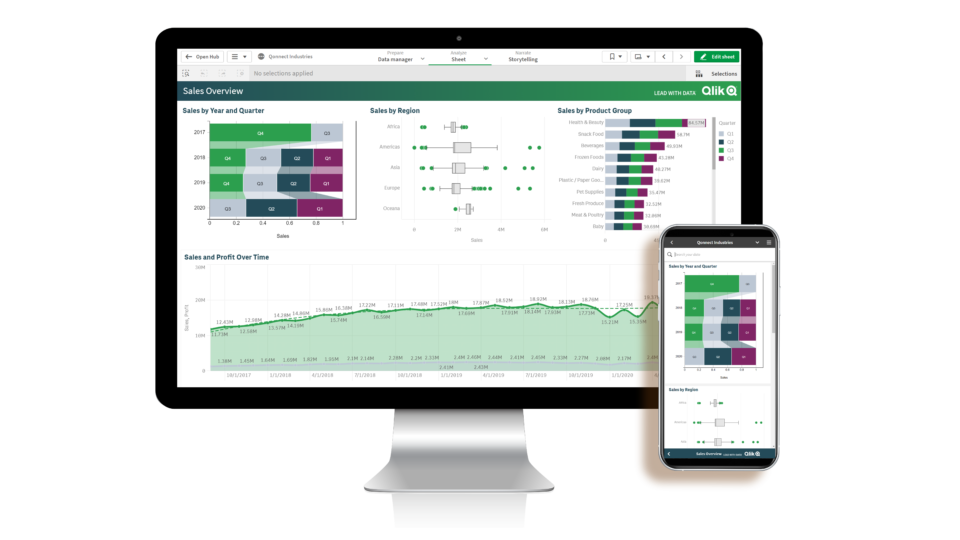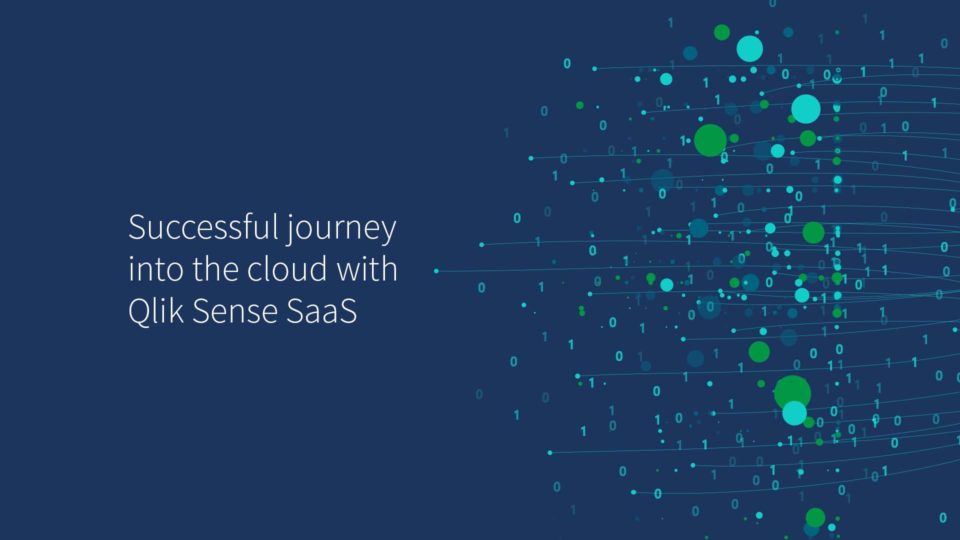Organizing Your Cloud
With the introduction of the Qlik Sense cloud platform, Qlik has switched from the Stream concept to a Space concept. Streams were mainly used to organize and control access to applications. On the other hand Spaces can the thought of as logical areas where connections, QVD-files, other files, applications, links, and other assets can be stored, accessed, and developed on. The Spaces are used to organize and control access.
A common structure is to have an extract Space(s) and transform Space(s) and where the different layers of your QVD layers reside and have Spaces for the different business functional areas. The access to the Spaces can be controlled such that some users can have access to for instance the Transform Space, but not the Extract Space. The data in Spaces can be used between the different applications if the developer has access to that data in these Spaces. This makes organizing the Qlik Sense cloud a bit different from organizing a Windows environment.
There are different types of Spaces for different use cases.
The Personal Space is a space where the users can get access to their own applications and own data. The content cannot be accessed by or shared with other users. Generally, no Production Applications or data should be dependent on assents in a Personal Space.
The Shared Space is a Space designed and intended to be used as a Collaboration Space between different users where data and applications can be shared and developed as a team. These are often used for the ETL works, where applications and data are stored in this Space.
The Managed Spaces are intended as Production Spaces where the managed applications can be published to the organization.
The Data Space is as the name suggests a Space that is designed to contain data and only data. These are useful for enabling strict data access without the option for having applications and data in the same Space.
The key to a successful Qlik Sense cloud deployment is to plan out user requirements and workflows and deploy Spaces to support these.
This is something Stretch Qonnect have great experience with and where we are happy to share this with you to make your Qlik Sense Cloud journey as smooth and good as possible.








